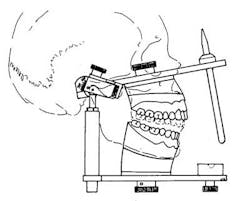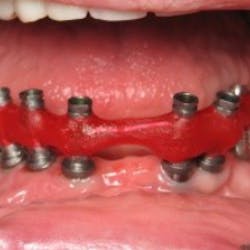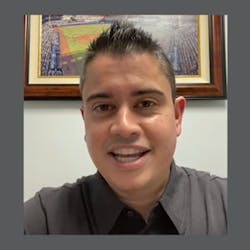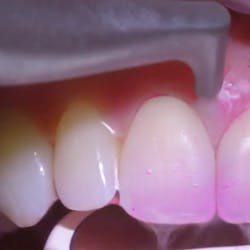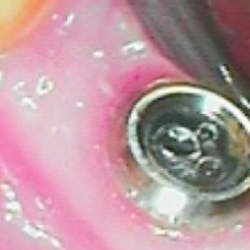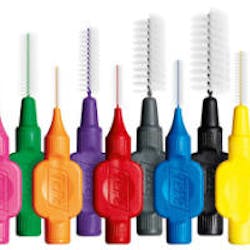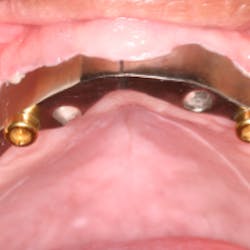By Mark T. Murphy, DDS, FAGDCause and effect. Action and reaction. Disease and symptoms. These are all logical sequences that are well understood by our patients. Patients are easily motivated to take actions and accept treatments when a tooth breaks, they feel pain, or function is lost. In decay, however, we have taught patients to look with us for "signs" of approaching disease before the symptoms arise (sticky explorers and dark spots on radiographs). We don't wait for pain, broken teeth, or dysfunction to recommend a filling. Most patients accept our plans to prevent symptoms before they develop. Even in the periodontal arena, patients are beginning to recognize the need for more frequent recare appointments and scaling to prevent the need for surgical correction. It is our educational focus on signs over symptoms that has helped improve the health of our patients. We all have developed personal ways of talking about caries or periodontal lesions to help patients understand the consequences of inaction. It motivates behavioral changes and choices that support a healthy mouth.In occlusion, patient avoidance of the surgical or endodontic consequences of periodontal disease or decay does not loom as ominously. Thus, our educational and motivational frameworks are even more important. We do not have a very scary or widely known consequential stick to warn patients about. Patients really have to want to prevent the occlusal signs and symptoms, because treatment is rarely covered by insurance.
Patient education graphic explaining articulator useThe key is presenting things so patients first discover things in their own mouth and then become curious about them. The co-discovery and curiosity model for the occlusal examination helps patients develop a stronger desire to know what will happen with inaction.I suggest the time-honored Tell, Show, and Do formula using a hand mirror or intraoral camera. Tell patients you are going to look at how the teeth fit together, show them how they do, and have patients explain what they see to you as they do it. Tell them how teeth are supposed to fit together. When the jaw hinge is where it is supposed to be and you close together, all of the teeth should touch at the same time evenly. Show them how, when you move from side to side, the front teeth should make the back teeth come apart and not touch at all ... like this (and then demonstrate using your own mouth or a model). Do have the patient do what you just described. If I help guide your jaw like this (bimanual or neuromuscular techniques) and you close together slowly, do all of your teeth touch at the same time? If not, then where do they touch first? Now squeeze together. Did your jaw and teeth slide? If so, in what direction? When you slide your teeth from side to side slowly, do any of your back teeth touch? If so, where?Awareness is the first step on the learning ladder for most folks. Patients do not usually know about occlusal disease. The media and our efforts over the last 50 years have helped us teach our patients about periodontitis and decay. Now we can answer patients' questions about the bite they co-discovered with us and hopefully have become curious about. We can talk with them about para-functional habits and the effects of excessive force on the stomatognathic system over time. We can share that some 40% of us clench or grind our teeth at night significantly enough to cause wear, craze lines, abfractions, mobility, or even broken teeth. We can explain that our restorations last longer when the bite is even, muscles fatigue less, and the jaw joints are more orthopedically stable. It becomes so much easier when we are answering questions they are curious about, rather than just telling them about their teeth. When they see and feel with their own senses what we observe, they learn better and take more ownership.Author bioMark T. Murphy, DDS, FAGD, is the director of continuing education for DTI Dental Technologies Inc., and is the lead faculty for Mercer Advisors. He also serves on the visiting faculty of The Pankey Institute for Advanced Dental Education and on its Board of Directors. He practices general dentistry on a limited basis in Rochester, Mich. Dr. Murphy graduated from UDM School of Dentistry in 1981 and taught anatomy and crown and bridge part-time for several years.

